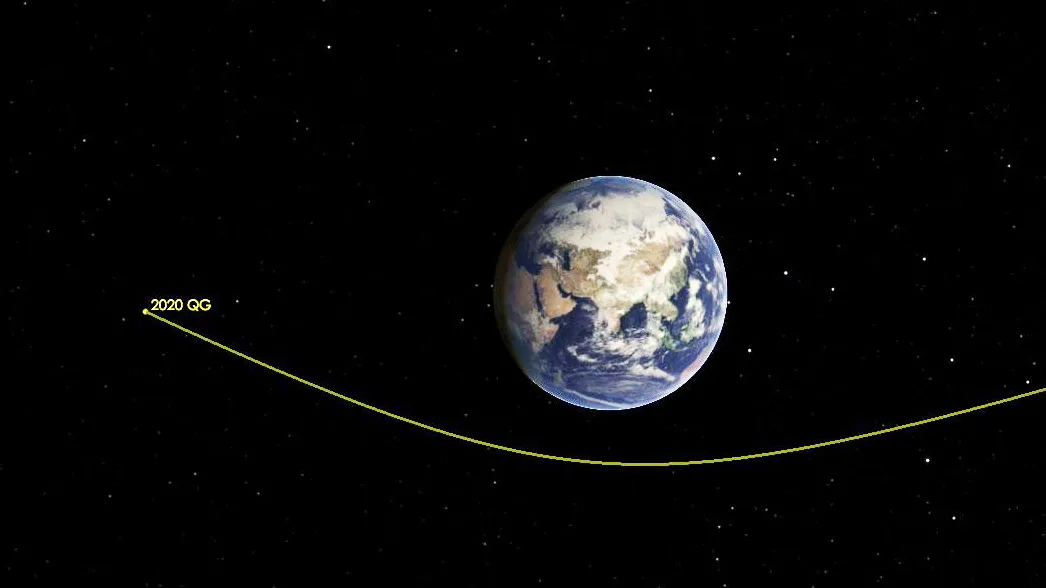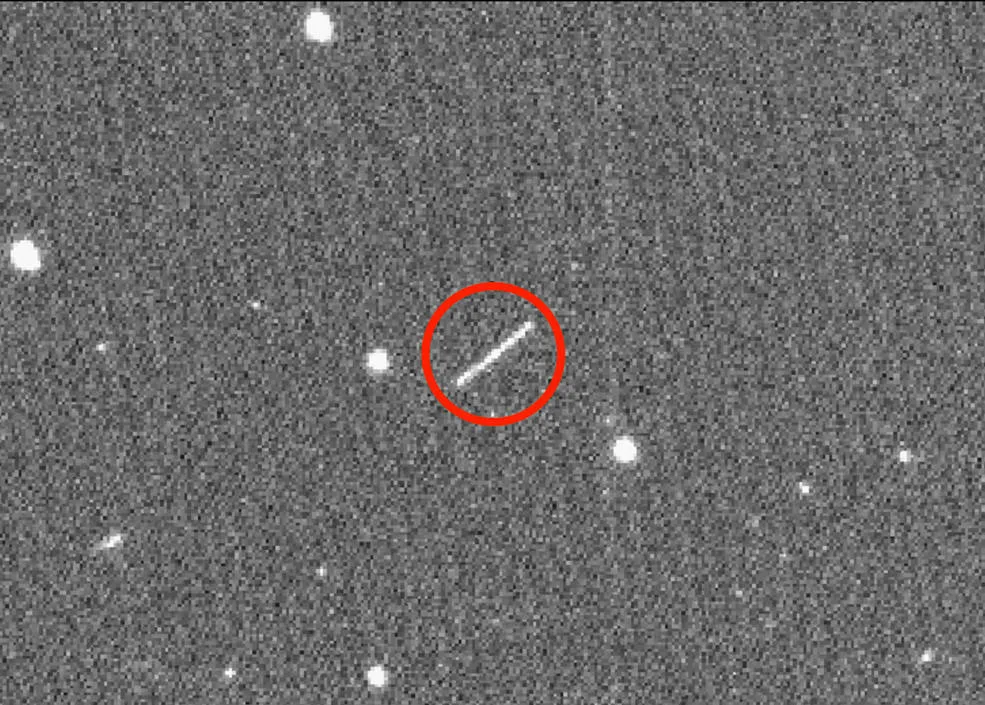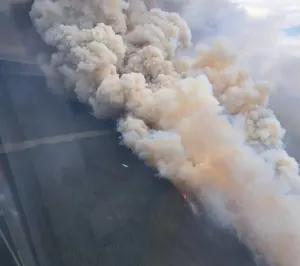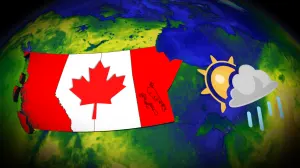
SUV-sized asteroid makes surprising record-close flyby of Earth
This small space rock was discovered only after it had flew past us
Earth had a close call this week. A small asteroid swept past us on Sunday, and although it was a clean miss, it was also the closest asteroid approach on record.
Asteroids fly near Earth all the time. They're everywhere around. They orbit the Sun along with us, with some just buzzing past and others crossing our path through space.
Space is huge, though. Far more often than not, these asteroids miss us entirely. Also, for most 'encounters' that catch our attention, involving the larger asteroids, their closest approach is measured in the millions of kilometres. So for practical purposes, they never truly get close to us.
Once in a while, though, an asteroid gets much, much closer. As of Sunday, August 16, we've now seen our closest asteroid flyby on record.

This illustration shows asteroid 2020 QG's trajectory bending during its close approach to Earth. The asteroid is the closest known nonimpacting asteroid ever detected. Credit: NASA/JPL-Caltech
Approaching from the Sun's direction, asteroid 2020 QG passed by Earth at a distance of just 2,950 kilometres above the surface. Estimated at between 3 and 6 metres across, it was too small to pose a threat to anyone on the ground. However, the asteroid was only detected at around the same moment it made its closest approach. There was no warning of its approach at all.
This wasn't a failure of the surveys that are in place to detect these asteroids, though. Telescopic surveys need dark skies to spot asteroids. When an asteroid approaches Earth from the direction of the Sun, telescopes have no chance of seeing it until after it has passed by.

Asteroid 2020 QG (circled) as captured by the Zwicky Transient Facility, as it flew past Earth on Sunday, Aug. 16 at 12:08 a.m. EDT. Credit: ZTF/Caltech Optical Observatories
"It's quite an accomplishment to find these tiny close-in asteroids in the first place, because they pass by so fast," Paul Chodas, director of NASA's Center for Near-Earth Object Studies (CNEOS), said in a statement. "There's typically only a short window of a couple of days before or after close approach when this small of an asteroid is close enough to Earth to be bright enough but not so close that it moves too fast in the sky to be detected by a telescope."
The now-famous Chelyabinsk asteroid, which exploded over Russia on February 15, 2013, is another example of a space rock that came at us undetected. It also approached us from the direction of the Sun. That event turned out far differently than this one, however, just based on lucky timing.
According to NASA, if 2020 QG had impacted Earth, it would have become a fireball as it broke up in the atmosphere. While pieces of it would have indeed reached the ground, it did not pose a significant threat to people or property. NASA says that impacts like this happen several times each year.

This map shows all of the significant fireballs on record from 1988 to 2020. The highlighted event is the most recent in the records, which occurred on August 2, 2020, high above the south Atlantic Ocean. The large red circle represents the February 15, 2013, Chelyabinsk bolide explosion. Credit: NASA CNEOS/Alan B. Chamberlain (JPL/Caltech)
NEVER COMING BACK
We may have only just found this tiny asteroid, but it appears as though we're not likely going to see it ever again.
"It's really cool to see a small asteroid come by this close, because we can see the Earth's gravity dramatically bend its trajectory," Chodas said. "Our calculations show that this asteroid got turned by 45 degrees or so as it swung by our planet."
With this change in the asteroid's trajectory, it appears this will be the very last time we will see 2020 QG. According to NASA, its next 'close' approach will be in May of 2028, but at a distance of over 45 million kilometres. For reference, that's around four-fifths of the closest distance to the planet Mars! So, it's very likely we'll never see this asteroid again.
Sources: NASA | NASA CNEOS | NASA CNEOS










